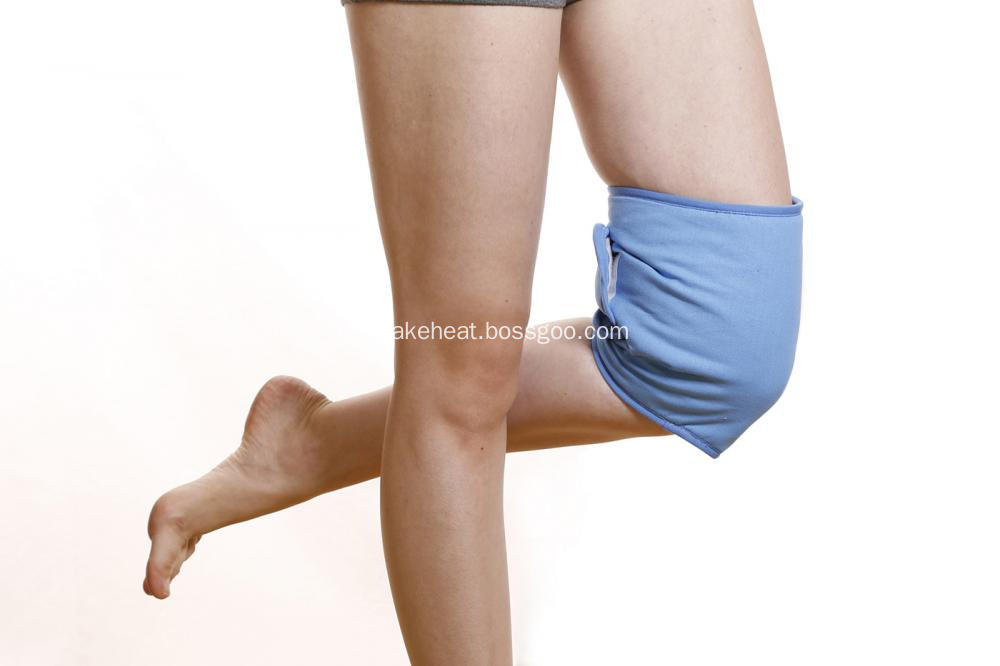The donkey is a herbivorous animal, resistant to rough feeding, good adaptability, strong disease resistance, easy management, short gestation time, grazing and captivity, and is suitable for rural rearing. The donkey has a wide range of feed sources. Even if there is not enough grass, straw can be fully utilized for feedstuffs such as straw and grain processing. Donkey meat is delicate and delicious. It is known as the "Darling in the Sky, Donkey in the Ground," and is popular with consumers. In recent years, donkey meat is selling well in China, and foreign trade exports have always been optimistic. A donkey sells for 1,500 to 2,000 yuan. If processed into donkey canned meat, donkey donkey, steamed donkey, and other foods, it can be added 2 to 3 times. Donkey skin is widely used, and it is one of the commonly used raw materials for Chinese and Asian light industry production. The market has been in short supply. The donkeys and donkeys of China's fine varieties are produced in Shandong, Shaanxi, Henan, Gansu, Shanxi and Yunnan provinces. In addition, the donkey is a good helper for short-distance transportation and rice milling in mountainous areas, semi-mountainous areas, and hilly areas. According to relevant experts, compared with raising pigs and raising cattle and sheep, meat-raising donkeys are less risky, have less investment, produce quick results, and have high benefits. The meat donkey breeding technology is introduced as follows: Feeding Donkeys are herbivores, and their forage grasses are preferably dry, hard and crisp crop straws. For example, straws with hard texture such as corn, rice, and bean vines are cut into short segments of 3 to 4 cm in length by a side grass machine. Donkeys like to eat most of them. The most severe bogey is to feed half-dry and forage grass. Because this kind of forage can make the donkey suffer from intestinal constipation. At the same time supplemented with peas, corn, fried cotton seeds and other fine material or wheat bran and so on. Each morning, midnight and evening feed 1 time, mainly in the late feeding. Each time when feeding, first add a single grass (ie, a single straw) to allow the donkey to eat half full, then feed grass (that is, straw is mixed with other forage grasses with higher protein content such as Caofei and Douguo). This induces its appetite. If the donkey has a stop performance, feed the grass again (ie, put the grass left in the bottom of the tank and mix it with peas, corn, fried cotton seeds and other whole grains or add wheat bran and a little water to mix) to attract Reach the maximum food intake. Captive Intensive meat donkeys are used for fattening. The above can shelter the rain and cover the wind. There are food troughs for grass in the shacks, and each donkey should have enough food for 60 to 80 centimeters. Between adult donkeys, according to the distance of the feeding position, set a strong fence to prevent the donkey from harassing each other (mutual and mixed polyculture is particularly important). Reproduction At present, the intensive breeding of meat donkeys is still in its infancy, so the meat-raising asses don't have to be promoted. To breed, it is better to use a donkey with a larger body size, resistance to roughage, strong disease resistance, good adaptability, good reproductive performance, and high feed rewards. Like the existing Texas donkey in Shandong, Guanzhong donkey in Shanxi, Shanxi Guangling donkey and Yunnan donkey are all excellent breeding options for fattening donkeys. At present, most of the meat donkeys are bred and mated with the same species, and they can also be crossed with horses. Intensive breeding can use artificial insemination, and collecting elite donkey semen can facilitate large-scale breeding and accelerate the promotion and cultivation of improved varieties. Prevention and treatment Meat donkeys are habitually more resistant to rough feeding than livestock such as horses and cattle, and have stronger resistance to disease. However, this does not mean that donkeys are not sick. Meat donkeys, like cows and horses, are prone to infectious anaemia, epistaxis, and tetanus. Especially under intensive farming conditions, we must strictly implement the principle of “prevention first, prevention and control combined,†and pay attention to environmental sanitation to prevent the occurrence of donkey disease.
Knee Warmer is using batteries as power supply, to reduce pains of the knees. It provides stable heat penetrating so as to relax fatigue caused to the knees.
It is always with velcro for fastening better, which also enhance the heat therapy effect, as it touches better to human knees.
Below picture for reference, it can be made in different shapes and designs.
Knee Warmer Knee Warmers for Arthritis, Specialized Knee Warmers, Electric Knee Warmer, Thermal Knee Warmer Ningbo JustLive Electrical Appliance Co., Ltd , http://www.makeheat.net